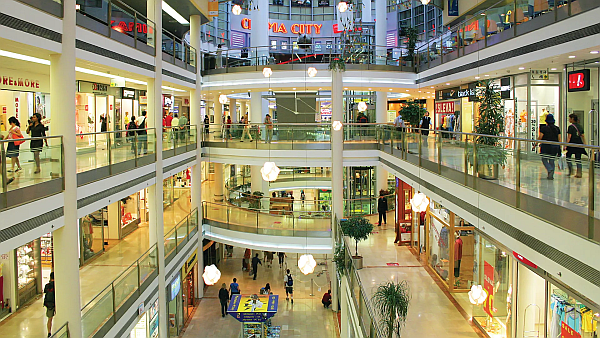Last Updated on March 18, 2025 by Bertrand Clarke
A new warning sign has emerged in the U.S. economy, as retail sales data for the first two months of 2025 show a troubling decline. With January figures revised downward and February failing to provide any meaningful rebound, economists and market analysts alike are growing increasingly concerned about the economic trajectory.
January’s drop in retail sales was initially reported as a 0.9% decline but has now been revised to an even steeper 1.2% decrease. February’s numbers showed only a weak 0.2% increase, far below the expected 0.6% recovery. More alarming is the fact that unadjusted retail sales in February 2025 were actually lower than in February 2024—a rare and troubling sign of economic weakness.
Initially, some analysts dismissed January’s sharp decline as a result of temporary factors, such as extreme winter weather and disruptions caused by the California wildfires. However, the lack of a meaningful bounce-back in February suggests deeper economic struggles. Consumers appear to be responding to a softening labor market, where job cuts, reduced working hours, and stagnant wages are becoming increasingly common.
The economic uncertainty is compounded by other troubling indicators. Consumer confidence has plunged, reflecting growing concerns about job security and income stability. Tariffs and trade policy shifts have also created volatility, particularly in the auto sector, where sales surged in late 2024 as consumers rushed to buy vehicles before expected price hikes. Now, that artificial demand has collapsed, leading to a sharp decline in early 2025.
When adjusting for inflation, the numbers paint an even grimmer picture. Real retail sales declined 1.7% in January and remained essentially flat in February. The annual growth rate for retail sales now stands at just 1.8%—well below the 3% threshold typically associated with a healthy economy. Historically, such low growth rates have signaled an impending recession.
The retail sector’s struggles are reflective of a broader economic slowdown. Weak consumer spending puts pressure on manufacturers, wholesalers, and service industries tied to consumer goods. If the downward trend continues, businesses may be forced to make difficult decisions regarding staffing, leading to further reductions in employment and working hours.
Evidence of a weakening labor market is already evident in several key metrics. The number of marginally attached workers—those who are not currently job-hunting but are willing to work—has been rising steadily since early 2024. Part-time employment for economic reasons has also increased, a trend that typically precedes economic downturns. Additionally, the average workweek has shrunk to 34.1 hours—the lowest since the 2008 financial crisis, excluding the early months of the COVID-19 pandemic.
The economic slowdown is even beginning to show in hard data, contradicting earlier optimism from policymakers and analysts who believed the U.S. was headed for a “soft landing.” Recent revisions to GDP forecasts reflect a more cautious outlook, with Goldman Sachs lowering its 2025 growth projection to just 1.7%, down from previous estimates above 2%.
Stock market performance further highlights investor concerns. The S&P 500 recently experienced one of its fastest corrections in post-World War II history, with market participants increasingly factoring in the risk of a traditional recession. Historically, consumer spending has propped up the economy despite rising uncertainties, but these latest figures suggest that consumers may have finally reached their limit.
Adding to the growing sense of unease is the National Retail Federation’s (NRF) own findings, which confirm the Census Bureau’s bleak retail sales data. According to the NRF, retail sales (excluding auto and gasoline) fell 0.22% month-over-month in February, reflecting broad-based weakness in discretionary spending. NRF analysts cited rising unemployment concerns as a primary factor, suggesting that consumers are pulling back not just due to temporary factors but because of deep-seated economic anxiety.
For younger workers, the employment landscape is particularly challenging. The unemployment rate for the 20-24 age group has increased significantly over the past two years, a trend that has historically signaled the onset of a recession. With hiring slowing to a crawl, many recent graduates are struggling to secure stable employment, adding another layer of fragility to the economic picture.
Despite mounting evidence of a slowdown, some analysts continue to frame the situation as one of “uncertainty” rather than outright decline. However, with retail sales, job market indicators, and GDP forecasts all trending downward, the possibility of a full-blown recession is becoming increasingly difficult to ignore. The coming months will be critical in determining whether these economic warning signs translate into a broader downturn—or if policymakers can intervene to stabilize consumer confidence and spending.










